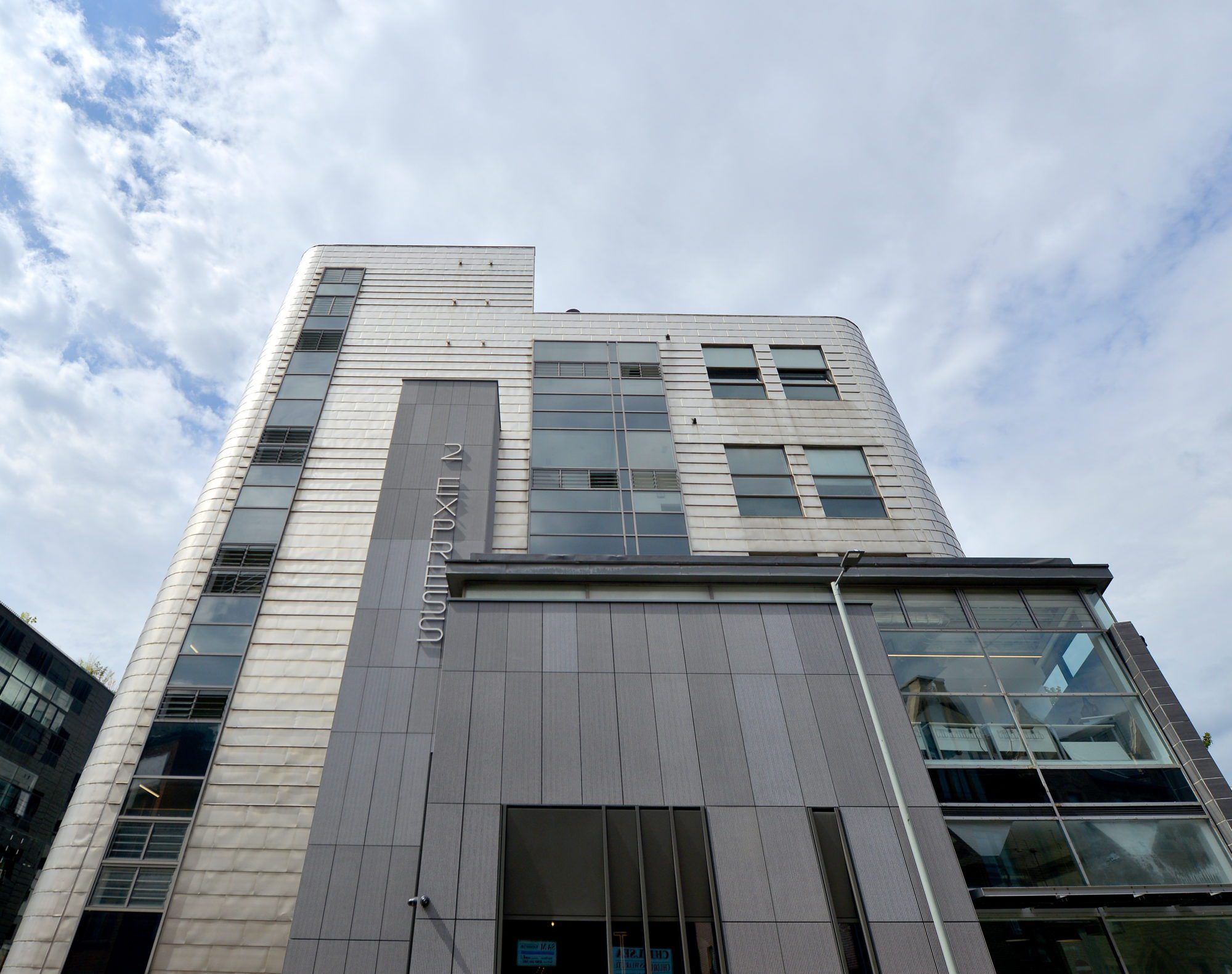A well-constructed and maintained building envelope is crucial for success in both commercial and residential construction. If incorrectly constructed or maintained it can lead to some significant consequences and failures. First, lets find out what it is.
What is building envelope?
Components of building envelopes
The building envelope separates the indoor space from the outdoor environment and elements and is made up of five components: the foundations, exterior walls, the roof, windows and doors. It is the shell of a building, providing structural support, climate control and overall design.
The building façade presents the finished details and is what you can see from the outside, while the building envelope includes complex systems for weather, air and water resistance and temperature regulation. The proper function of a building envelope is essential for businesses and homeowners as it enables occupier safety and comfort.
Types of building envelope systems
There are two core types of building envelope systems – tight and loose building envelopes. Both have their own purpose and benefits.
Tight building envelope: This system is used to control air leaks, enhancing internal temperature controls.
Loose building envelope: This system is used when there is a need for more natural ventilation and air flow throughout the building.
Why is it important?
A building envelope has three key roles in the performance of commercial and residential buildings.
- Structural support: The building envelope must meet local regulations and cladding and façade legislation to ensure that the building is structurally safe.
- Climate control: It helps to regulate the temperature inside the building, provides ventilation and minimises utility costs.
- Architectural design: By incorporating windows, skylights and other elements, the building envelope promotes natural daylight, enhancing the overall interior design and improving energy efficiency.
Can a building envelope be changed?
There are several factors that can influence the efficiency of building envelopes at any point of the construction cycle, whether it is the way it has been designed and constructed, the type of material that has been used or the way building occupants use internal systems like heating.
A building envelope can be modified during the early stages of new build construction or during commercial building refurbishments to resolve failures or improve energy efficiency, consumption and carbon impact.
Why is it important to work with an expert in building envelopes?
Working with a construction company that is highly skilled, knowledgeable and experienced in building envelopes and is fully compliant with building regulations and construction industry standards is crucial. They can advise during the design phase of a new build project and if the project is a refurbishment, they can investigate and assess the issue, identify the cause and recommend the most appropriate solution.
At Urbanise, we’re proud to deliver ongoing building envelope investigations on high-rise residential buildings nationwide for one of the UK’s largest student accommodation providers. Read more about how we’re supporting our client in their compliance with recent fire safety and cladding and façade regulations.
Speak with our team to discuss your building envelope requirements.

